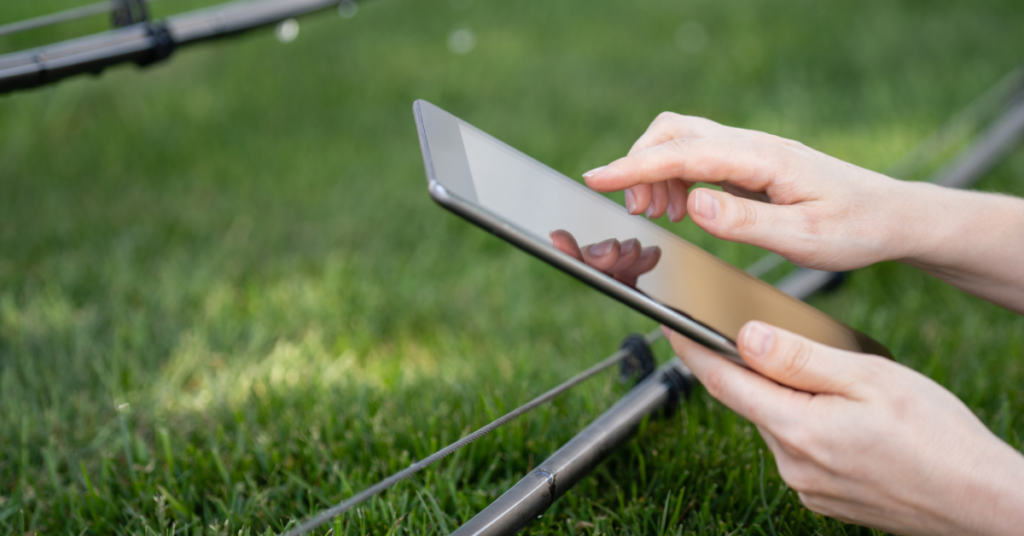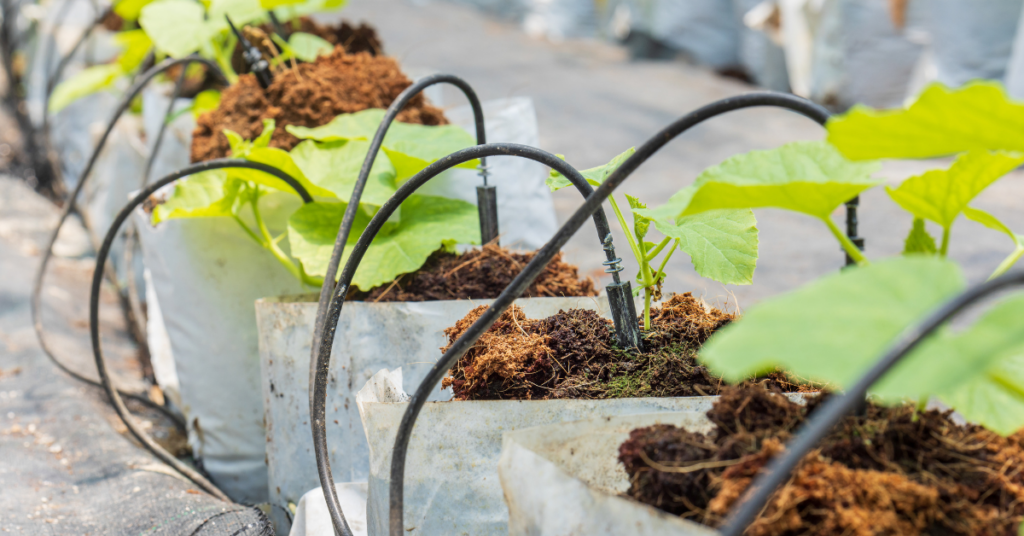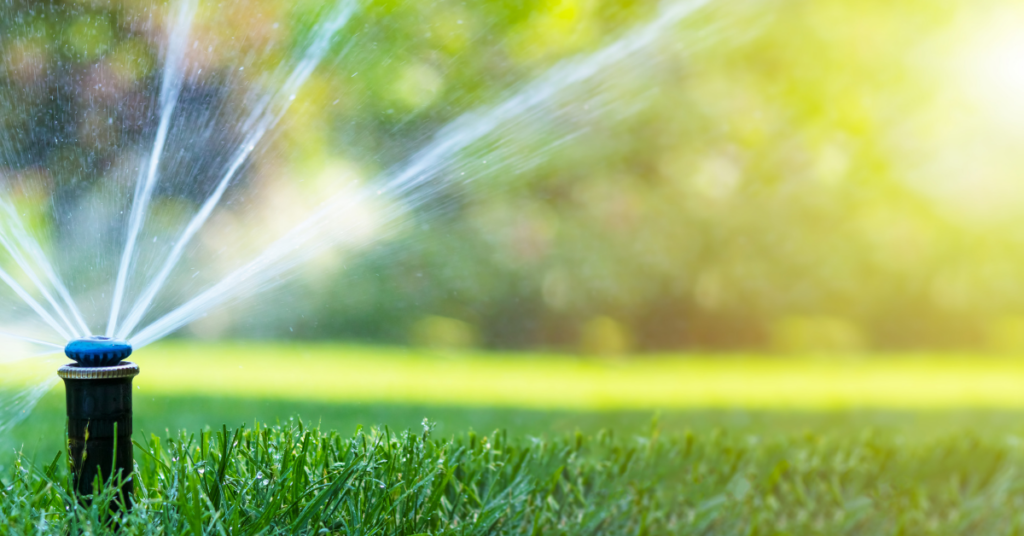Water is one of the planet’s most precious resources, and conserving it is more critical than ever. Home gardens and lawns often consume large amounts of water, much of which goes to waste due to inefficient irrigation. AI-powered smart irrigation systems are changing the game by optimizing water usage, ensuring plants get the hydration they need while minimizing waste.
This guide explores how AI-driven smart irrigation systems work, their benefits, and tips for implementing them in your garden or lawn.
The Problem of Water Waste in Gardening
Traditional irrigation systems and manual watering often lead to overwatering, evaporation loss, and runoff. Common issues include:
- Watering during the heat of the day, leading to high evaporation rates.
- Overwatering plants, which can harm their health and waste resources.
- Ignoring weather conditions like rain or humidity that naturally hydrate plants.
AI-powered smart irrigation systems address these challenges with precision and efficiency.

How AI-Powered Smart Irrigation Systems Work
AI-driven irrigation systems use advanced technologies like sensors, weather data, and machine learning to determine the optimal watering schedule for your garden. Here’s how they operate:
1. Real-Time Data Collection
Smart irrigation systems use sensors to monitor:
- Soil moisture levels.
- Temperature and humidity.
- Sunlight exposure.
- Rainfall and weather forecasts.
2. Machine Learning Algorithms
AI systems analyze data from sensors and historical patterns to predict:
- How much water your plants need based on soil type and plant species.
- The best times to water to minimize evaporation and maximize absorption.
3. Automated Adjustments
Once the data is analyzed, the system automatically adjusts:
- Watering schedules to match plant needs.
- The amount of water dispensed to avoid overwatering.
4. Remote Control and Monitoring
Most AI-powered systems integrate with smartphone apps, allowing you to:
- Monitor water usage in real-time.
- Adjust settings manually if needed.
- Receive alerts for system maintenance or unusual conditions.

Benefits of AI-Driven Smart Irrigation Systems
Adopting an AI-powered irrigation system brings numerous advantages for both the environment and your wallet:
1. Water Conservation
Smart irrigation systems ensure water is used efficiently, reducing waste by up to 50%. By watering only when and where it’s needed, these systems prevent overuse and runoff.
2. Healthier Plants
Providing the right amount of water at the right time promotes stronger, healthier plants, reducing the risk of root rot or drought stress.
3. Cost Savings
With reduced water consumption, homeowners can see significant savings on their utility bills.
4. Convenience
Automated watering eliminates the need for manual intervention, saving you time and effort while ensuring your garden thrives.
5. Environmental Impact
Reducing water waste helps preserve local water supplies and reduces the energy used for water treatment and distribution.
Top AI-Powered Smart Irrigation Systems
Here are some of the best smart irrigation systems available, catering to various garden sizes and budgets:
1. Rachio 3 Smart Sprinkler Controller
- Features: Weather-based scheduling, soil type customization, and a user-friendly app.
- Strengths: Highly accurate weather integration and detailed water usage reports.
- Best For: Medium to large lawns and gardens.
2. Eve Aqua
- Features: Automates watering schedules, integrates with Apple HomeKit, and doesn’t require a hub.
- Strengths: Easy setup and ideal for small to medium gardens.
- Best For: Apple ecosystem users.
3. Netro Smart Sprinkler
- Features: Solar-powered, eco-friendly design with AI learning capabilities.
- Strengths: Fully autonomous operation and low maintenance.
- Best For: Sustainable, eco-conscious gardeners.
4. Orbit B-hyve Smart Sprinkler Timer
- Features: Wi-Fi-enabled, weather-based watering, and manual control options.
- Strengths: Affordable and easy to retrofit onto existing systems.
- Best For: Budget-friendly smart irrigation.

How to Implement AI Smart Irrigation in Your Garden
Step 1: Assess Your Garden’s Needs
- Identify plant species, soil types, and sun exposure areas.
- Determine the size of your garden or lawn to choose the right system.
Step 2: Choose the Right System
Select an irrigation system based on:
- Garden size and complexity.
- Desired level of automation.
- Integration with existing smart home ecosystems.
Step 3: Install Sensors and Controllers
- Place soil moisture sensors in key areas of the garden.
- Install the main controller unit near your water supply and connect it to your Wi-Fi network.
Step 4: Configure the System
- Use the app to input details about your garden (e.g., plant types, soil conditions).
- Set initial schedules and let the AI optimize them over time.
Step 5: Monitor and Adjust
- Regularly review water usage reports and make manual adjustments if needed.
- Clean sensors and perform routine maintenance for optimal performance.
Tips for Maximizing Water Efficiency
1. Group Plants by Water Needs
Organize plants with similar water requirements into zones to ensure efficient irrigation.
2. Use Mulch
Apply mulch around plants to reduce evaporation and maintain soil moisture.
3. Water Early or Late
Let the AI schedule watering during cooler parts of the day to minimize evaporation.
4. Leverage Weather Data
Ensure your system uses local weather forecasts to skip watering during rain or high humidity.
5. Combine with Rainwater Harvesting
Pair your smart irrigation system with a rainwater collection setup to further reduce environmental impact.

The Future of AI-Powered Irrigation
The potential for AI-driven irrigation systems continues to grow, with future advancements promising even greater efficiency and functionality:
1. AI-Driven Plant Diagnosis
AI systems will monitor plant health in real time, detecting early signs of disease or nutrient deficiencies.
2. Integration with Smart Homes
Irrigation systems will seamlessly integrate with other smart devices, such as solar panels or weather stations, for holistic energy and water management.
3. Dynamic Water Pricing
Future systems may adjust watering schedules based on real-time water pricing, ensuring cost efficiency during peak hours.
Overcoming Challenges in Smart Irrigation
While AI-powered irrigation offers significant benefits, some challenges include:
- Initial Costs: Smart irrigation systems can require a significant upfront investment.
- Learning Curve: Setting up and understanding the system’s features may take time.
- Maintenance Needs: Sensors and controllers need regular upkeep to maintain accuracy.
Water-wise gardening is an essential step toward creating a sustainable outdoor space, especially in areas prone to drought. Smart irrigation systems, powered by AI, can optimize water usage by adjusting schedules based on weather patterns and soil moisture levels. Learn more about eco-friendly gardening techniques in our guide to Sustainable UrbanGardening Tips and discover how Companion Planting can further enhance your garden’s efficiency. For cutting-edge smart irrigation tools, check out the latest innovations from RainMachine and explore water-saving strategies from TheEPA’s WaterSense Program.
Final Thoughts
AI-powered smart irrigation systems are revolutionizing how we water our gardens and lawns, making it easier than ever to conserve water while maintaining lush, healthy plants. By leveraging advanced sensors, weather data, and machine learning, these systems take the guesswork out of irrigation and provide tailored solutions for every garden.
Whether you’re a seasoned gardener or just starting, investing in AI-driven irrigation is a step toward sustainability and smarter resource management.






















